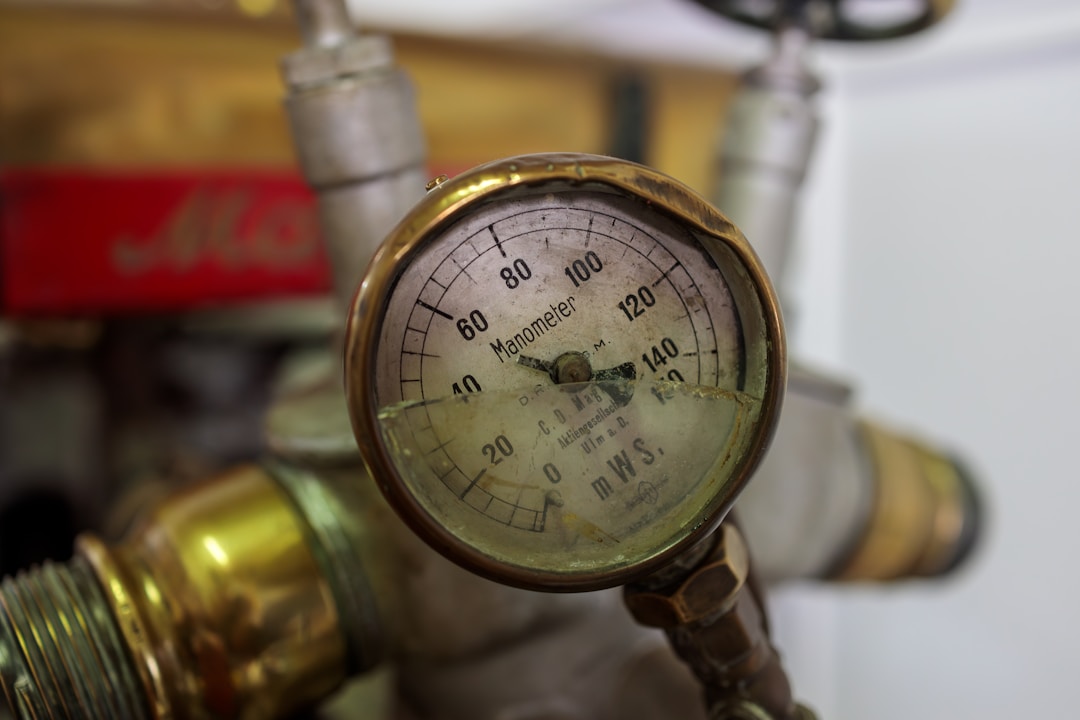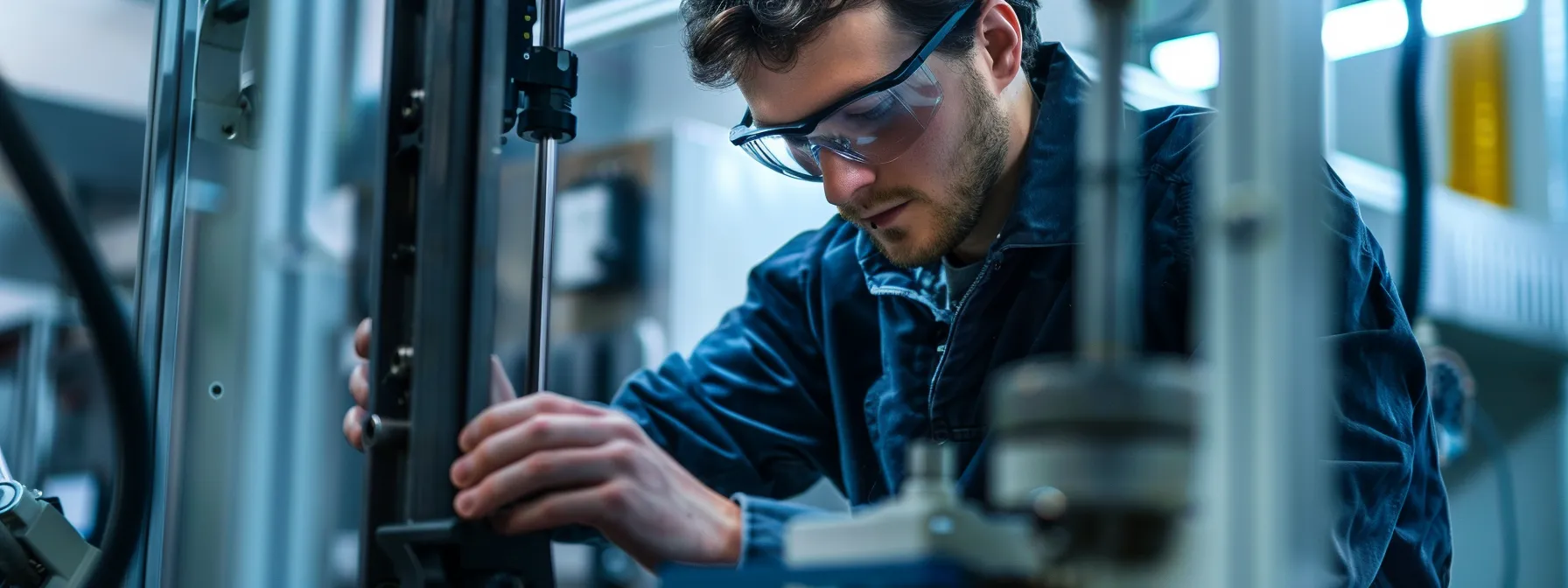A Beginner’s Guide To Choosing the Right Dynamometer Force Gauge
Measuring force is a critical aspect of numerous industrial and research applications. To ensure accurate readings, the right tools are essential. This is where dynamometer force gauges come into play, serving as sophisticated instruments for measuring force or load applied to an object. Understanding how they function and which type to choose for a particular task can enhance precision in data collection and analysis. Below, we delve into the world of dynamometers, discussing their significance, variations, and applications.
Understanding Dynamometer Force Gauges and Their Importance

Dynamometer force gauges are essential tools used to measure tension, compression, and general force with high precision. They play a critical role in manufacturing, materials testing, and quality control by ensuring consistent product performance and safety. Available in both digital and analog models, these gauges cater to various needs. Digital options like the gd-200 3h offer clear displays and data storage, while analog models provide a more straightforward, hands-on approach.
Industries such as aerospace, automotive, biomechanics, and construction rely heavily on dynamometers to confirm that components meet strict force standards. Whether it’s a compact handheld device or a complex lab setup, these instruments are built for accuracy and ease of use, helping professionals evaluate material strength and performance under real-world conditions.
Exploring the Different Types of Dynamometer Force Gauges
Dynamometer force gauges are divided into mechanical and digital types. Mechanical force gauges use a spring mechanism to measure force, while digital force gauges convert force into electrical signals for more precise measurements. Digitalization has led to features like Bluetooth connectivity, data logging, and compatibility with force measurement software.
Hydraulic and pneumatic force gauges are available for specialized applications, using fluid displacement or air pressure changes. Each style has its pros and cons, and no single dynamometer force gauge fits all needs. For high-precision tasks requiring real-time data acquisition, a digital force gauge may be necessary, while a mechanical model may suffice for simpler applications.
Key Features to Look for When Selecting a Dynamometer Force Gauge
The choice of a dynamometer force gauge is crucial for accurate readings and capacity. Accuracy is the main factor, as it indicates the true force value. Capacity is another important factor, as each gauge measures up to a certain force limit. Ergonomics and ease of use are also important, as complex gauges can lead to user error or poor data integrity.
Durability and environmental resistance are crucial for gauges used in harsh conditions, as they can prevent mechanical failure or inaccuracies. Industrial settings may require a protective casing, while laboratory environments may prioritize precision over ruggedness.
Common Applications and Industries Utilizing Dynamometer Force Gauges

Dynamometer force gauges are used in various industries, including manufacturing, medical, research, and education. They ensure parts and assemblies can withstand forces and meet strength specifications, protecting against potential failure. In medical fields, they are crucial for ergonomics studies and physical therapy assessments, gauging muscle strength and monitoring patient progress.
In research and education, they are used for instructional purposes and experiments, advancing scientific knowledge and influencing practical applications. Dynamometer force gauges also play a vital role in quality control, ensuring products comply with safety and performance standards through routine testing, preventing costly recalls or accidents caused by defective items.
Tips to Maintain Accuracy and Longevity of Your Dynamometer Force Gauge
A dynamometer force gauge requires proper care and maintenance to maintain its accuracy and lifespan. Regular calibration is crucial for reliable measurements, and following the manufacturer’s recommended schedule is recommended. Handling dynamometers with care is essential, as dropping or impacting them can damage internal components.
Protective carry cases and cautious transportation can mitigate risks. Regular inspections can prevent operational failures. Environmental factors can also affect dynamometer performance, so maintaining cleanliness and avoiding extreme temperatures can prevent malfunctions and premature component aging. Software updates can improve functionality and ensure the device remains current. A well-maintained gauge is more reliable and provides accurate data.
Overall, understanding how to select and maintain a dynamometer force gauge is essential for ensuring accurate force measurements and the longevity of the instrument. By attentively considering the factors detailed above, you can acquire a device that will serve your needs reliably and efficiently for years to come.












